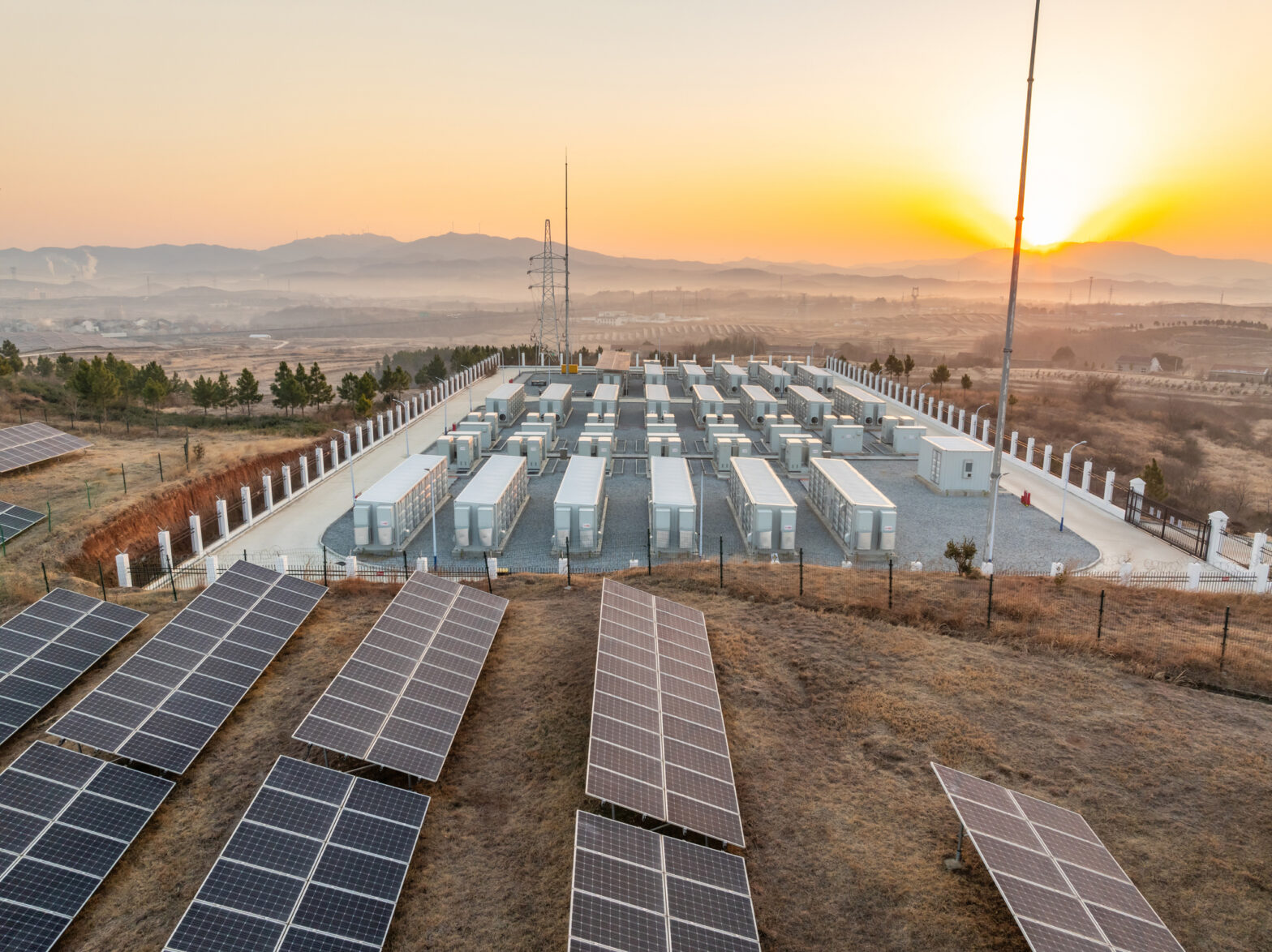Home Energy Reports (HERs) are the staple of most successful behavioral energy efficiency (BEE) programs. Since their launch in 2008, HERs are renowned for educating customers about their energy use while reaping cost-effective energy savings for utilities. And although many features of the HER can seem comparable at first glance, not all HERs are created equal.
Each utility faces its own unique set of program goals, customer preferences and regulatory challenges. Is your HER optimized to your specific needs, or have you been flexing your program design—and sacrificing results—to fit within the mold of your vendor’s pre-packaged HER solution?
Here are five questions you should be asking about your HER programs.
1 ) What’s the customer sentiment toward our HER program?
In today’s age of instant feedback–think social media, the 24-hour news cycle, online consumer review sites, etc.—it’s easier to understand how your customers feel about your services than ever before. Are you noticing your company—and more specifically, your HERs—being mentioned in the news, in editorials, or in social feeds like Twitter or Facebook? What kind of responses are you receiving from consumer surveys like JD Power’s customer satisfaction study? You’ll want to pay close attention to these outlets as most customers won’t directly tell you when they’re unhappy. In fact, a typical business only hears from about 4% of dissatisfied customers.
If the sentiment around your HER is poor, it will negatively impact your overall CSAT. On the other hand, if your HER is delighting customers, it opens the door to higher EE returns, increased CSAT and a higher likelihood that those customers will engage in future programs.
2 ) How does our HER program fit into our overall customer experience?
HERs may be a BEE-specific asset, but customers don’t compartmentalize utility communications. How is your HER complementing the rest of your customer interactions? Is it working in conjunction with all of your other communications or does it inadvertently create a disconnect? When HERS messages are consistent with other utility messages as part of a holistic customer experience, you’ll not only see savings results, but an uptick in CSAT as well.
3 ) How does the language used in our HER affect its impact?
The way in which things are phrased can affect a person’s reaction and motivations. Known as the Framing Effect, people will give different responses to the same problem depending on how it is framed or worded.
For instance, take ‘efficient home’ versus ‘efficient household.’ When consumers see the former, they tend to associate it with the physical characteristics of a home; things like solar panels, energy efficient appliances, upgraded insulation, etc. Consumers are less likely to take action toward becoming an ‘efficient home’ as these upgrades are often seen as unattainable. On the other hand, when ‘efficient home’ is framed as ‘efficient household,’ consumers focus more on the behavior within the home—achievable actions they can take to become more efficient—which resonates better and inspires more people to make energy-saving adjustments.
Consider this principle and think about the areas on your HER you could revisit through the lens of the Framing Effect.
4 ) Are we using the right balance of behavioral science techniques?
The way in which you encourage your customers to change their behavior is also critical to HER results. A popular behavioral science technique used on most HERs is known as Loss Aversion. People feel the negative effects of a loss more powerfully than the positive effects of an equivalent gain. For instance, if a consumer saved $10 by using less energy than an average home, they’d probably be pretty happy. But their level of happiness would be less intense than their level of unhappiness if they spent $10 more than an efficient one.
Loss aversion can be a very effective way to garner energy savings by encouraging customers to avoid extra costs. However, overuse can negatively impact the customer’s sentiment toward the HER (see point #1). Applying too much negativity toward a customer’s usage without a healthy dose of positive reinforcement can make them feel like they are being shamed. It’s a tough balance.
5 ) Are we sending the right content to the right audience?
Your treatment group is likely dictated by factors such as energy consumption, a home’s sensitivity to heat and cold, customer demographics, etc. By sending the right message to the right recipients, you can drive program uplift, target specific behavioral changes and cross promote other programs, products and services. For example, you could customize a portion of your HER for customers with aging HVAC systems by including an offer for HVAC services or rebates on a new system. For other customers, that area on the report can be customized in a way that’s relevant to them—do they have a pool pump? A spa? Are they a prime candidate for your demand response program? By leveraging data analytics, you can tailor your HER to each customer with the most relevant messages.
HERs are a driving force for EE programs, but the benefits should not stop at energy savings. They should also be used as a tool to meet your specific needs—be it meeting regulatory demands, reducing operational costs or improving your customer experience. At Uplight, we keep this top of mind when designing programs for our utility partners. If your HERs aren’t delivering optimal results beyond EE savings, now is the time to rethink how your program can better serve you and your customers.
Contact Uplight for more information.





